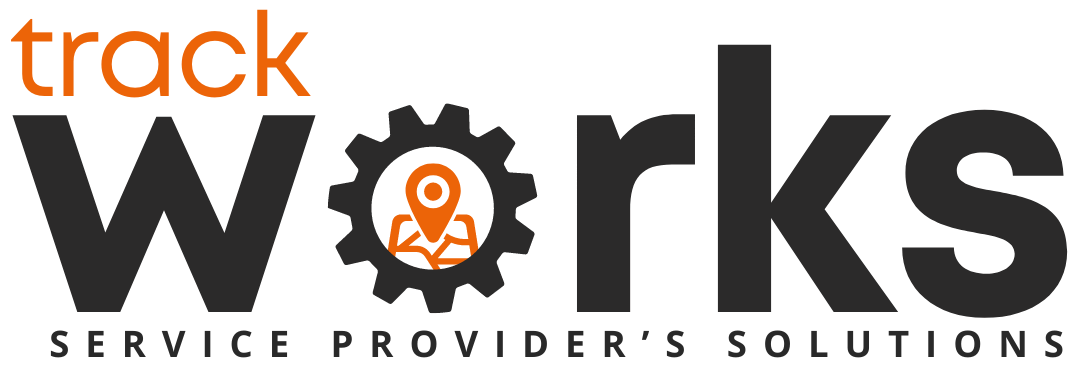Technology Upgrades and Software Optimization Before the New Year
As the year winds down, many field service companies focus on wrapping up projects and managing holiday schedules — but few take full advantage of one of the most strategic opportunities of the year: evaluating and optimizing their technology stack.
December is the ideal time to review your software systems, assess integration gaps, and plan upgrades that set your organization up for success in 2026. Whether it’s improving data flow, enhancing field visibility, or modernizing scheduling and reporting tools, the decisions you make now will determine how efficiently your teams operate in the months ahead.
This guide explores how field service leaders can strategically review and optimize their technology systems to build smarter, more connected, and more resilient operations in the new year.
1. Conduct a Year-End Technology Audit
Why it matters:
Most companies accumulate multiple tools over time — some outdated, redundant, or disconnected. A technology audit helps identify inefficiencies, security risks, and opportunities to simplify your stack.
How to implement:
- List all software currently in use (FSM platforms, accounting tools, CRMs, communication apps).
- Evaluate each tool’s usage frequency, integration compatibility, and ROI.
- Identify manual processes that could be automated or consolidated.
- Note areas where technicians experience friction (mobile access, data sync delays, etc.).
Practical tip:
Use a structured checklist to evaluate performance, security, and usability. With Track Works, many of these capabilities — scheduling, tracking, reporting, and inventory — can be centralized into one platform to reduce redundancy and increase visibility.
2. Review Integration Points and Data Flow
Why it matters:
Disconnected systems create data silos, reporting errors, and slower response times. A seamless data ecosystem allows real-time coordination between field and office teams.
How to implement:
- Map how information currently flows between dispatch, field, and accounting systems.
- Identify data gaps or double-entry points that waste time.
- Ensure key platforms (CRM, ERP, FSM) are syncing automatically.
- Prioritize integrations that support automation and cross-department reporting.
Practical tip:
Track Works’ accounting and inventory integrations help eliminate manual data entry, ensuring your financials and operational reports always reflect live, accurate information.
3. Assess Mobile Functionality and Field Accessibility
Why it matters:
Field technicians rely on mobile tools to receive assignments, log work, and communicate updates. If your mobile platform isn’t intuitive or reliable, productivity and accuracy suffer.
How to implement:
- Test mobile app performance under various network conditions.
- Gather technician feedback on user experience and missing features.
- Ensure offline functionality is available for remote areas.
- Verify that mobile workflows match current field processes.
Practical tip:
With Track Works Mobile, field staff can access job details, capture signatures, log hours, and upload photos — even offline. A user-friendly mobile app directly translates into faster response times and better customer service.
4. Upgrade for Performance, Security, and Scalability
Why it matters:
Old or unsupported systems can slow down workflows and expose sensitive data to risk. Modernizing ensures compliance, performance, and long-term scalability as your team grows.
How to implement:
- Check all software versions and confirm they’re up-to-date.
- Upgrade hardware that limits system performance.
- Strengthen cybersecurity measures, including two-factor authentication and access control.
- Migrate on-premise systems to the cloud for better accessibility and backup protection.
Practical tip:
Investing in a secure, cloud-based field service solution like Track Works ensures data redundancy, automatic updates, and flexible scalability as your business evolves.
5. Use Analytics to Drive Upgrade Decisions
Why it matters:
Before investing in new tools, leaders need to understand how existing systems perform. Analytics provide measurable insights into workflow efficiency, response times, and ROI.
How to implement:
- Review system usage metrics: login frequency, downtime, data errors.
- Track operational KPIs like average completion time or first-time fix rate.
- Compare system performance data across departments.
- Use insights to justify where upgrades will yield the most impact.
Practical tip:
Track Works Analytics offers visibility into key operational trends — helping decision-makers see exactly where technology can deliver measurable improvements before committing to new investments.
6. Train and Align Your Team for System Improvements
Why it matters:
Technology is only as effective as the people using it. Rolling out new tools without training leads to low adoption and inconsistent results.
How to implement:
- Offer year-end training sessions for technicians and managers.
- Update internal documentation and process guides.
- Communicate clearly about why upgrades are happening and how they’ll help.
- Gather feedback from users post-implementation to measure adoption.
Practical tip:
When introducing enhancements within Track Works, use internal workshops or short digital tutorials to ensure your entire workforce understands new workflows and benefits.
7. Plan Your 2026 Technology Roadmap
Why it matters:
A forward-looking technology strategy ensures continuous improvement, predictable budgeting, and better business alignment.
How to implement:
- Outline short-term (Q1–Q2) and long-term (Q3–Q4) upgrade goals.
- Prioritize projects based on ROI, customer impact, and operational efficiency.
- Set KPIs to track the success of each implementation.
- Review vendor contracts and explore flexible cloud-based solutions.
Practical tip:
Build your roadmap around scalable, integrated tools like Track Works that grow with your organization and support ongoing innovation.
Conclusion
The end of the year isn’t just a time for reflection — it’s a time for action. By conducting a technology audit, improving integrations, enhancing mobile access, and planning a future-focused roadmap, field service companies can start 2026 stronger, faster, and more connected.
With Track Works, every part of your operation — from scheduling and dispatch to analytics and accounting — operates in sync. Upgrading your software ecosystem now ensures your teams enter the new year with clarity, efficiency, and confidence.
Optimize today to perform smarter tomorrow.




No responses yet